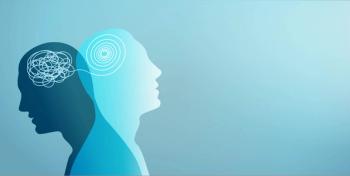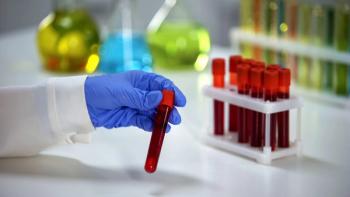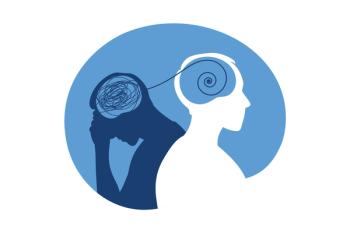
- Psychiatric Times Vol 35, Issue 10
- Volume 35
- Issue 10
A New Treatment for Bipolar Depression: Part 2
Dr Phelps puts thyroid dysfunction into clinical context for patients with comorbid mood disorders.
BIPOLAR DISORDER
As with many medical disorders, determining thyroid dysfunction is a matter of degree; the standard range cutoffs are used as guidelines. In a
When prescribing, target median for age
When prescribing thyroid hormone for mood, target a TSH at least around the median for age, as shown in the Table.2 To remember on the fly: target around 1.5 to age 50, around 1.6 to age 60, around 1.7 to age 70, and around 1.8 to age 80.
Why median for age? It is a nice euphemism for “go low!” Many practitioners will pull up short, pushing TSH into the laboratory normal range and leaving patients’ TSH at 2.5 to 3.0. But in major depression, TSH levels between 2.5 and 4.0 have been associated with more severe symptoms, and some data suggest poorer response to treatment.1 For instance,
According to the review in the American Journal of Psychiatry, one should use doses adequate to get below 2.0 as an initial goal. In follow-up, if target symptoms remain that might respond to thyroid hormone, “a full trial of supplementation may require a target TSH near 1,” explained Cohen and colleagues1 (emphases mine).
Initial dosing is not 25 mcg of levothyroxine
If your goal is to land the patient’s TSH between 1.0 and median for age, how much levothyroxine should you use? Per Cohen and colleagues,1 “initial doses or increases in dosages can be low, 50 mcg/day for T4.” But watching my colleagues’ prescribing, including that of primary care providers, it seems that clinicians believe 50 mcg is not “low,” it is more like medium-aggressive.
For comparison, we might say that really aggressive is 100 mcg/day to start and increasing by that amount weekly: that is the protocol for the supraphysiologic approach described last month in
Starting at 75 mcg might be a middle ground, but in my experience most practitioners will find that too alarming, even if the patient’s instructions are “half a pill for a week then one daily.” Let’s try another reference point: recommendations after thyroidectomy. These
But your starting dose is not likely to be determined by an algorithm or even your patient’s BMI. It will be determined by your own anxiety about doing harm by overshooting. After all, if you are too low, you will eventually get there using serial TSH measurements.
So, the question about initial dose comes down to the same question with which I left you in
Have something to say? Write us at
This article was originally published on 8/1/18 and has since been updated.
Disclosures:
Dr Phelps stopped accepting honoraria from pharmaceutical companies in 2008 but receives honoraria from McGraw-Hill and W.W. Norton & Co. for his books on bipolar disorder.
References:
1. Cohen BM, Sommer BR, Vuckovic A.
2. Kahapola-Arachchige KM, Hadlow N, Wardrop R, et al. Age-specific TSH reference ranges have minimal impact on the diagnosis of thyroid dysfunction. Clin Endocrinol (Oxf). 2012;77:773-779.
3. Cole DP, Thase ME, Mallinger AG, et al. Slower treatment response in bipolar depression predicted by lower pretreatment thyroid function. Am J Psychiatry. 2002;159:116-121.
4. Ojomo KA, Schneider DF, Reiher AE, et al. Using body mass index to predict optimal thyroid dosing after thyroidectomy. J Am Coll Surg. 2013;216:454-460.
5. Elfenbein DM, Schaefer S, Shumway C, et al. Prospective Intervention of a Novel Levothyroxine Dosing Protocol Based on Body Mass Index after Thyroidectomy. J Am Coll Surg. 2016;222:83-88.
Articles in this issue
about 7 years ago
ADHD: A 24-Hour Disorderabout 7 years ago
ADHD, Bipolar Disorder, or Borderline Personality Disorderabout 7 years ago
ADHD Neuroimaging: What’s New?about 7 years ago
Memory’s Last Breath: Field Notes on My Dementiaabout 7 years ago
Digital Mental Health for Youth: New Evidence but Still Much Unknownabout 7 years ago
Prescribing Substances of Abuse in Psychiatric Careabout 7 years ago
Three New Studies in Major Depressionabout 7 years ago
Psychocardiology, Part 2: Fixing the Broken Heartabout 7 years ago
Calling in the ScriptNewsletter
Receive trusted psychiatric news, expert analysis, and clinical insights — subscribe today to support your practice and your patients.











